INESC TEC led the first analog space mission carried out within a habitat in Portugal. The Monsaraz Mars Analog Mission took place between 13 and 25 October in the outdoor area of the Observatório Astronómico do Lago-Alqueva (OLA), in Monsaraz; Ana Pires and Diogo Paupério represented INESC TEC in this endeavour.
For 13 days, a team of five scientist-astronauts – three Portuguese and two international – lived in isolation inside a habitat that simulated the conditions of Mars, seeking new ways to live in space.
One of these scientists was INESC TEC researcher Diogo Paupério, who served as the mission’s flight engineer and robotics expert, representing Portugal in the World’s Biggest Analog. Outside the habitat, INESC TEC researcher Ana Pires – Portugal’s first scientist-astronaut – acted as Leader of the Mission Control Centre. No stranger to this kind of mission, Ana had previously taken part in the CAMões mission in 2023, during which she spent six nights and seven days inside the Gruta de Natal on Terceira Island, replicating lunar conditions. This time, the objective was to recreate the environment of planet Mars.
The crew exited the habitat at 2:00 p.m. on 25 October in a triumphant atmosphere. Before doing so, the words “Commander, the mission is complete. All objectives have been achieved. Thank you, and have a safe journey home,” were spoken by Slavka Andrejkovičová (University of Aveiro), who, alongside Ana Pires (holding the walkie-talkie as the words were transmitted), led the Mission Control operations. Inside the habitat, mission commander Pedro Pedroso followed the instructions relayed from outside.
Outside, those who made the mission possible eagerly awaited the astronauts’ return. Representing INESC TEC, Maria da Graça Barbosa, member of the Board, welcomed Diogo Paupério and Ana Pires.
“Assuming scientific and technological leadership of this mission on Portuguese soil is of great significance. Ana coordinated teams, integrated national and international partners, and led Mission Control, while Diogo spent 13 days inside the habitat conducting scientific experiments with robotics. We’re very proud. Not only for the international visibility that this type of initiative gives Portugal and INESC TEC, elevating our position in planetary analog exploration and strengthening national R&D capacity, but also because it meets our strategic goals – such as promoting STEM fields, where Ana has been an outstanding ambassador for our institution,” said Maria da Graça Barbosa.
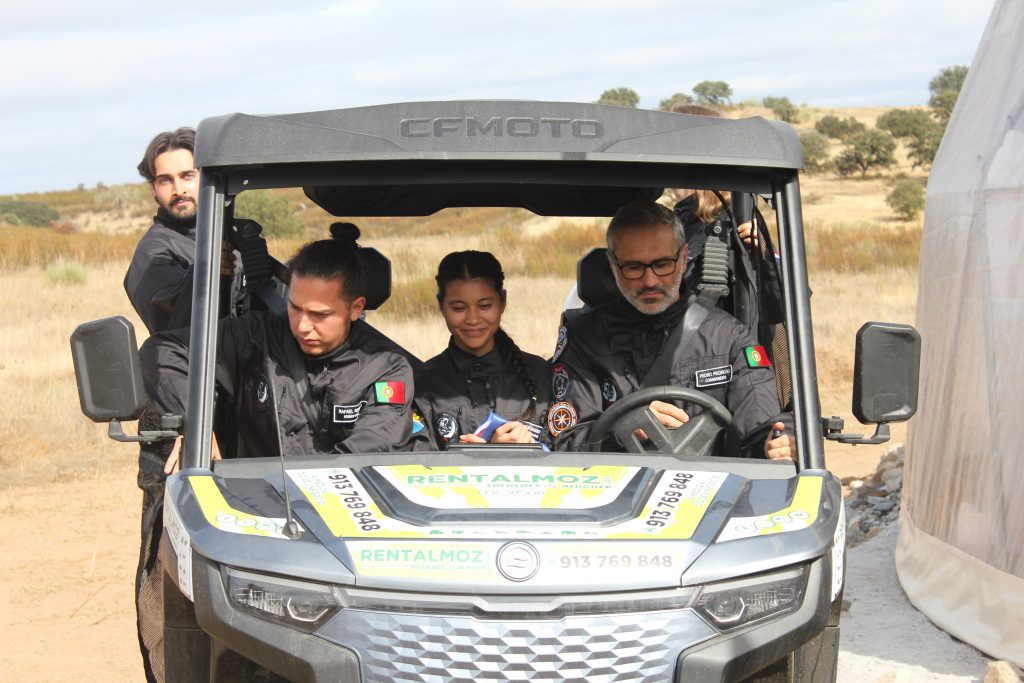
Among those welcoming the astronauts were Marta Prates, Mayor of Reguengos de Monsaraz; Leonel Godinho, Director of OLA; Carla Patinha, representative of the University of Aveiro; António Candeias, from the University of Évora and Director of the HERCULES laboratory; Rosa Doran, President of NUCLIO, responsible for the educational and outreach component; Eduarda Lopes Dias, External Communications Officer at Natixis in Portugal, the mission’s innovation partner; Ana Miller, researcher at IRNAS-CSIC, one of the international scientific collaborators; and Nina Bażela, CCO of CleverHive Space, another international partner.
Following the successful conclusion of the mission, all guests were invited on a guided visit to the habitat. The mission also received support from Associação Os Montanheiros, who led the previous CAMões mission.
13 days inside a habitat
Diogo Paupério spent 13 days isolated inside the habitat. As flight engineer, his responsibilities included operating, maintaining, and integrating all technological and robotic systems to ensure the habitat’s operation. His duties covered environmental monitoring, communication management, electronics, and support for extravehicular activities (EVA).
Each astronaut was limited to three litres of drinking water per day – for both meals and drinking. Personal hygiene was done using wipes and small, controlled amounts of water, simulating the scarcity of resources typical of a real Mars mission.
Their diet consisted mainly of freeze-dried and sublimation-dehydrated food, preserving nutrients while reducing weight and volume – a method widely used in space missions.
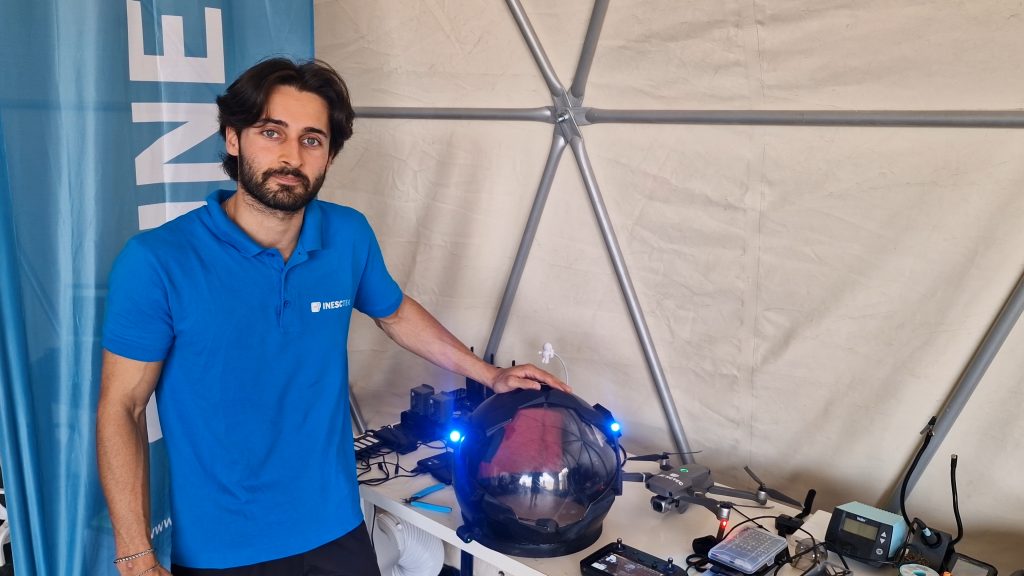
INESC TEC deployed the Phobos drone inside the habitat, used in multiple operations, including night-time search and rescue tests. In one simulation, the drone carried a payload with a roll of duct tape to repair a tear in a spacesuit. Phobos was also used for external inspection routines, navigation support, and geological reconnaissance.
Diogo was also responsible for the mission’s sensor system, live recordings and transmissions, and operation of the DELTA spacesuits – functional mock-ups developed with the support of the Austrian Space Forum (OeWF). These suits simulated the mobility, communication, and ventilation constraints of real spacesuits, recreating Martian conditions during EVA.
Among the scientific experiments conducted, the integration of data collection modules using SIMOC Live sensors stood out. These measured CO₂, temperature, humidity, volatile organic compounds, and atmospheric pressure in real time. The system was part of an international network of habitats under the World’s Biggest Analog, monitored by EarthCom. Over 150,000 readings were recorded during the mission.
Another key experiment was the ERA (Emotional Response Analysis) psychological study, assessing astronauts’ emotional and cognitive well-being through daily video logs.
In collaboration with CleverHive Space (Poland), software for rover planning and control was also tested, with Diogo Paupério acting as operator.
Other experiments included rock hardness testing using geotechnologies, geomicrobiology and planetary geoscience studies, and research on space anthropology.
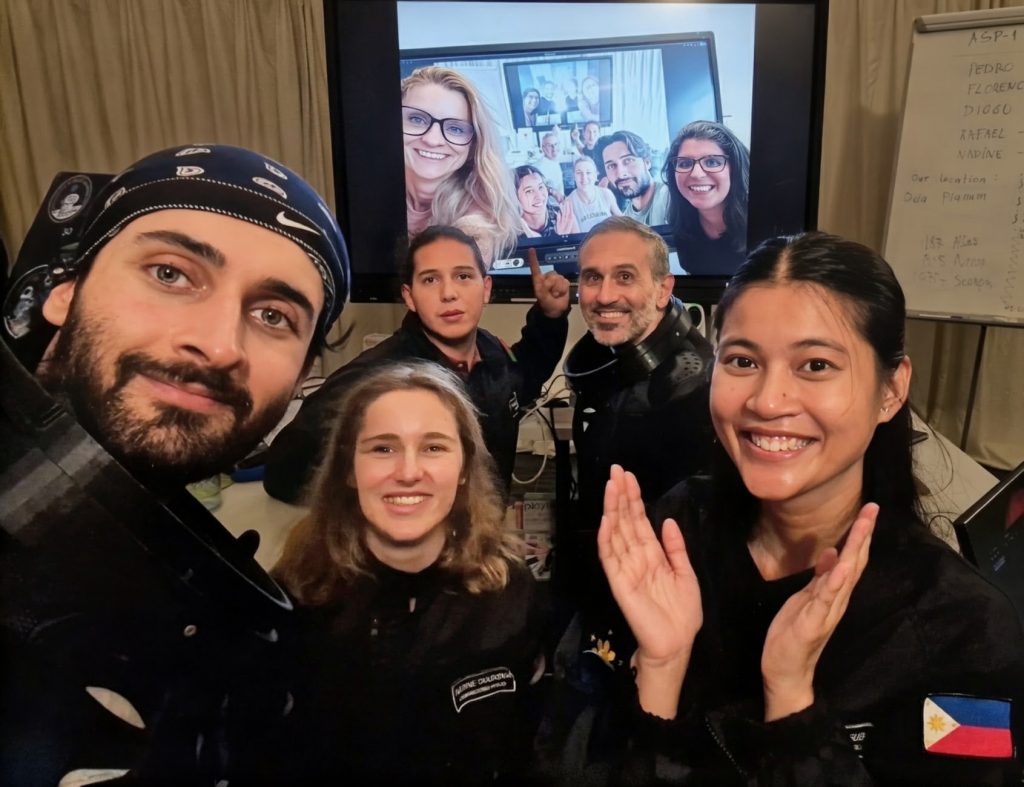
One of the mission’s most remarkable experiments – and unique within the World’s Biggest Analog – was the remote extraction and quantification of DNA, carried out with the support of Ana Miller and her team from IRNAS-CSIC – who monitored the entire process from Mission Control. Also noteworthy was the contribution of António Candeias, Director of the HERCULES laboratory at the University of Évora, who provided the portable XRF fluorescence equipment.
“It was an incredible experience. I must thank my mentor, colleague, and friend, researcher Ana Pires – a true inspiration who believed in me. I’ve always loved astronomy, but I never imagined that becoming an astronaut would be possible in a small country like Portugal. It was 13 days of intense experimentation and adaptation, with communication challenges and demanding conditions. Proving that it’s possible to bring Portuguese technology to simulate Mars – and to do it here, on national soil – is something I’m immensely proud of,” said Diogo Paupério.
Ana Pires led the entire mission, including technological, scientific, and logistical duties, as well as the integration of the Portuguese initiative into the World’s Biggest Analog.
“Leading the Monsaraz Mission was both a major challenge and a tremendous source of pride. It was the result of collective effort among researchers, institutions, and national and international partners, all sharing the same goal: to demonstrate that Portugal possesses the scientific and technological capability to be at the forefront of analog space exploration. This mission symbolises our country’s ability to innovate, collaborate, and inspire future generations in STEM fields. The participation of young researcher Diogo Paupério was exemplary, showing great skill, teamwork, and professionalism that further highlight INESC TEC and Portuguese research actions,” said Ana Pires.
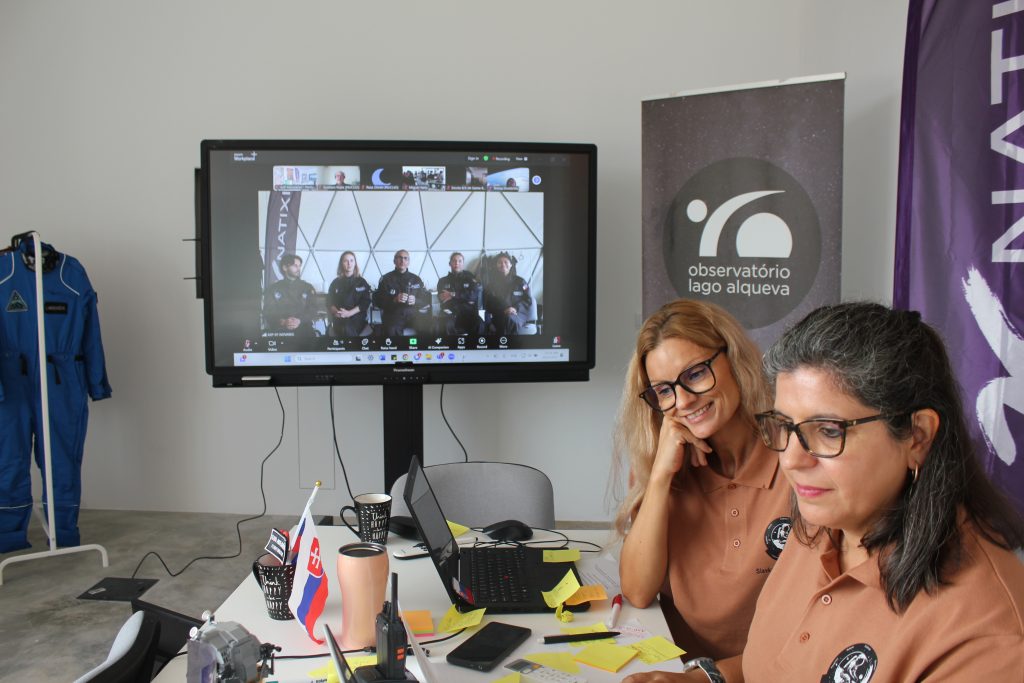
Outreach initiatives
As in the previous CAMões mission, outreach initiatives played a key role. The Monsaraz Mars Analog Mission directly reached more than 1,500 teachers and students across countries including the Philippines, Mozambique, and Angola.
These outreach activities were led by NUCLIO, while OLA was responsible for operational aspects. Looking ahead, the goal is to establish a dedicated space research station in Portugal to host even more analog missions.


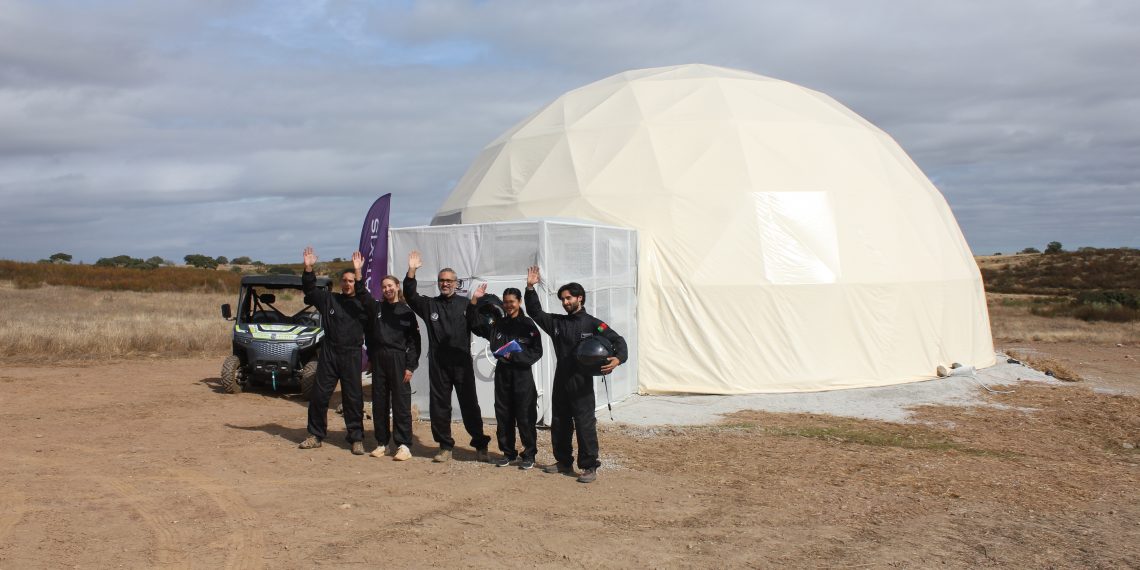
 News, current topics, curiosities and so much more about INESC TEC and its community!
News, current topics, curiosities and so much more about INESC TEC and its community!